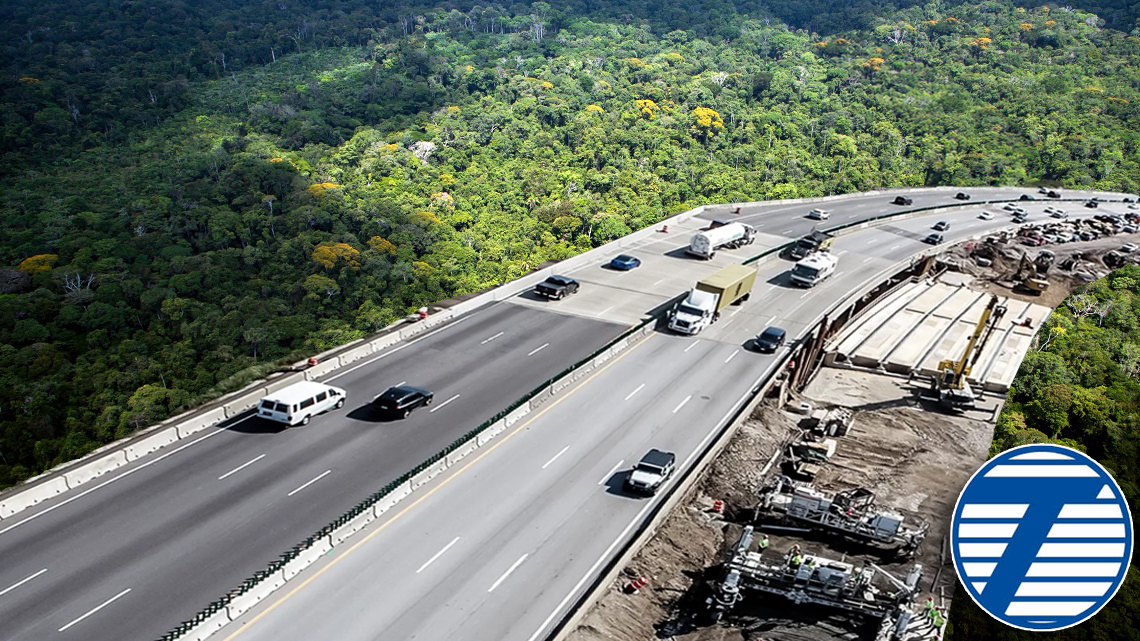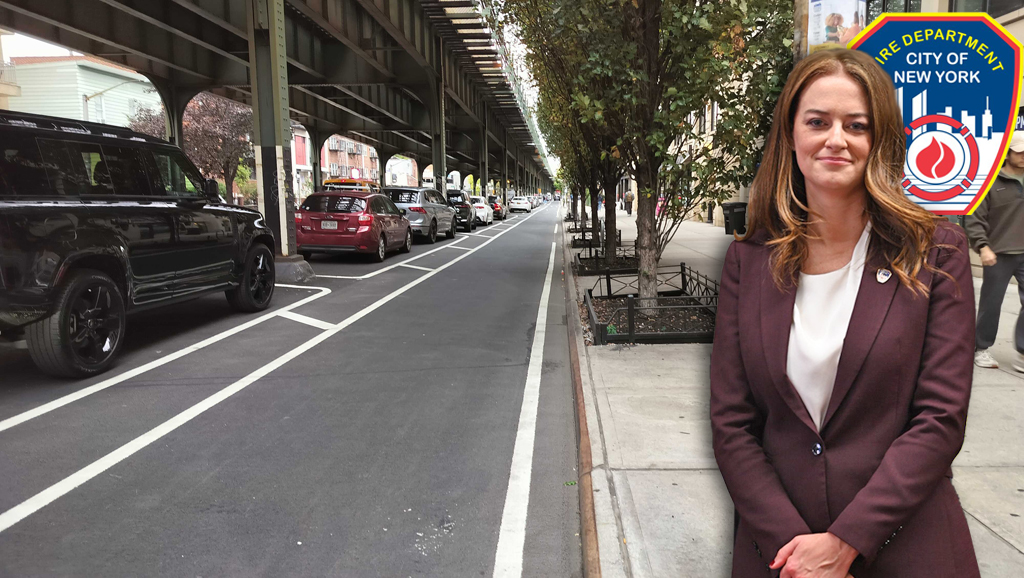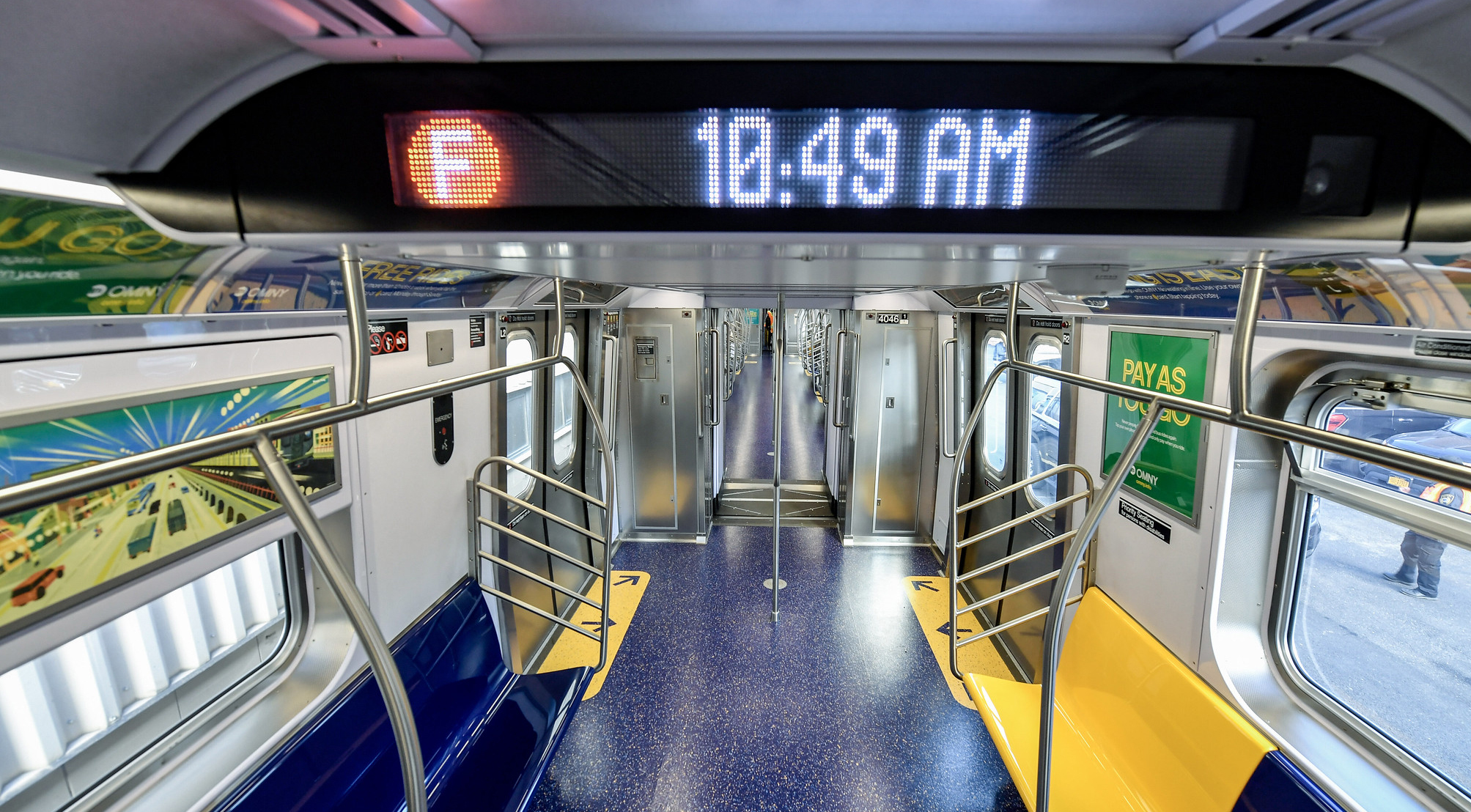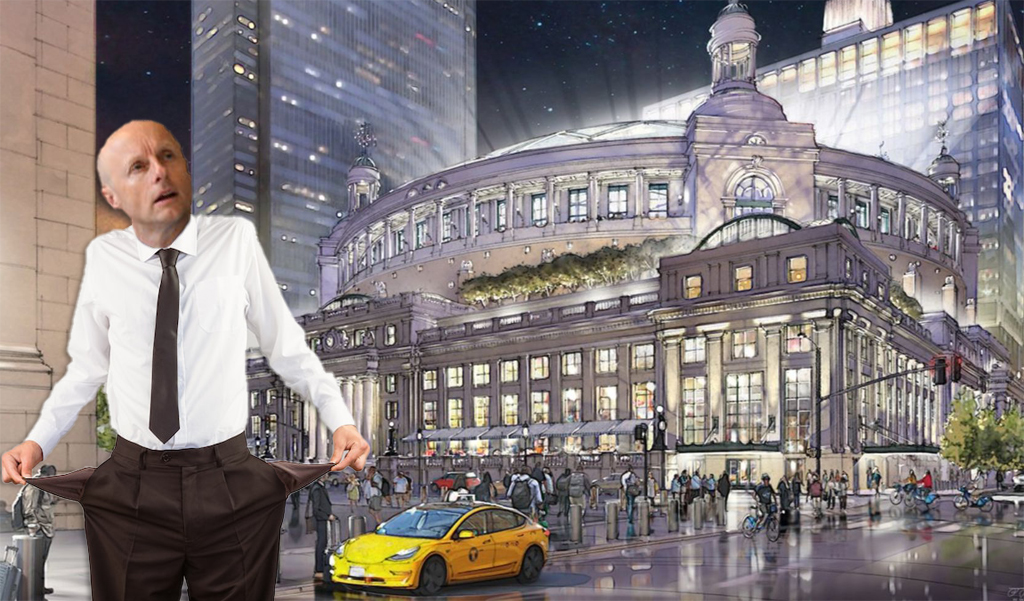Five years after New York passed its landmark 2020 climate law, the state Department of Transportation is quietly undermining it as it expands highways, sidestep emissions reviews, and ignores the law’s equity mandate.
The Climate Leadership and Community Protection Act requires steep cuts to emissions and protections of vulnerable communities, but the DOT is failing on both fronts, according to a report from New York Lawyers for the Public Interest.
DOT's "threadbare" approach — basically posting a two-page summary of the law itself without taking any action to implement it — "is a transparent attempt to simply check a box," the report states.
The transportation sector is now responsible for over one-third of New York’s yearly emissions, yet the DOT is forging ahead with at least 40 expensive and environmentally ill-advised highway-widening projects. These will add to the state’s already ballooned total driving miles, polluting the atmosphere and increasing rates of asthma.
The continued focus on highways defies not only the climate law, but common sense, said Caroline Chen, director of Environmental Justice at New York Lawyers for the Public Interest.
“It’s folly to think that we’re going to build highways and at the same time be able to reduce vehicle traffic,” she said. “We need to highlight that the trend has to stop and to take climate change seriously.”
It is well established that expanding roads doesn’t fix traffic because the expansion itself induces more drivers to use the newly widened road. It’s a never-ending cycle of traffic, driving up statewide emissions. If it was its own country, New York State would rank as the world’s 29th-biggest emitter of carbon dioxide, according to the report. New Yorkers drive more than 120 billion miles per year, emitting so much CO2 that it would take a forest twice the size of New York State to absorb all of it (though even such a large forest would do nothing to eliminate congestion or road violence, two other victims of car culture).
The state must shift transportation planning to meet the climate crisis, but the DOT’s five-year capital program, north of $30 billion, outlines its car-centric priorities, said state Sen. Andrew Gounardes (D-Bay Ridge).
There’s "no hard commitment and no level of seriousness that this undertaking requires,” he said. “This should be an all-hands-on-deck moment for us.”
Gounardes has introduced legislation to cut the state’s total annual vehicle miles by 20 percent by 2050. The bill would mandate that any new highway expansion project be assessed by its net change in the amount of total miles driven statewide. If the reduction isn’t sufficient, the law would require the plan to change or to include mitigation efforts — like building public transit, and developing pedestrian and cyclist infrastructure.
Instead, Gounardes said he wants to see transportation dollars used on projects that "reduce our reliance on cars" and "incentivize the use of public transit."
Advocates in the Hudson Valley agree. In lieu of the $1.4-billion expansion of Route 17 between Harriman and Wurtsboro, the community wants investments in public transit.
“The only way you can effectively, efficiently get around is with a car. And that’s not affordable. It is not accessible to everybody,” said Taylor Jaffe, the spokesperson for the advocacy coalition ReThink Route 17. "We should have choices. It gives us more freedom. It cares for everyone in our community."
If the DOT won’t police itself, and the governor won’t step in, then it falls to the public, Chen said.
“Why is it up to the community to elevate this issue?” asked Chen. “The law is there and the law is not there to be ignored.”
According to the climate law, state agencies must justify any project that increases emissions or harms disadvantaged communities. The DOT hasn’t been doing that — including for the Route 17 expansion, despite outreach from advocates — and its internal policy shows why, the report argues.
The DOT’s guidance to agency staffers on how to comply with the climate law is lackluster — a broad and handwavey two-pager that essentially is a copy-paste of the climate law’s language, according to the report. It provides few metrics, examples, or directions.
The policy is such a footnote, that on at least one occasion when Chen’s colleagues have spoken with the DOT, some staffers hadn’t even heard of it.
“We sometimes get blank stares,” said Chen.
Gov. Hochul needs to step up in the enforcement effort, added Chen, because only she can set the tone for each agency's compliance effort
“I don’t think any commissioner would deny her order,” Chen said.
A DOT spokesperson, Glenn Blain, said in a statement that all DOT projects undergo rigorous environmental review and comply with state law. But Lawyers for the Public Interest disagrees.
“We have laws like the CLCPA that require swift, drastic action to reduce climate change causing emissions, and we cannot afford to wait any longer to implement this law,” the report states.
In any event, Assembly Member Emily Gallagher said the state is, at best, engaging in a cursory environmental review that fails to meet the moment.
“New York lawmakers didn't pass the CLCPA because we thought it would be easy or fun,” the Greenpoint Democrat told Streetsblog in a statement. “They passed it because climate change is an existential threat. Both the governor and the DOT need to start acting like the CLCPA is the law, and climate change is an emergency."
Read the report here.






